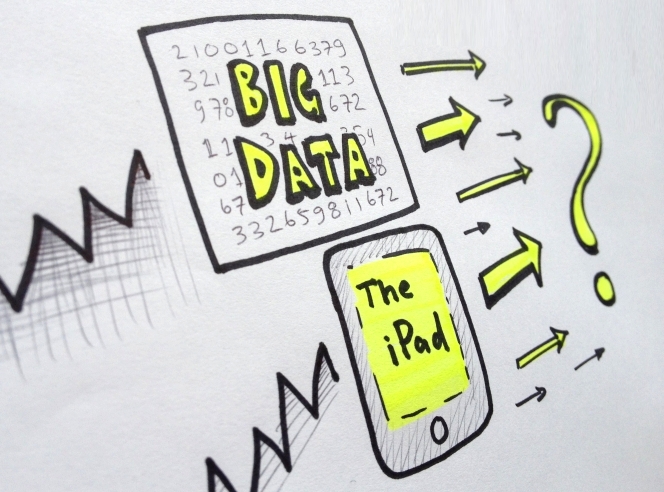In order to get started with big data for SAP BO, you need to define SAP BO. SAP is an acronym for Systems, Applications, and Products, while BO is short for Business Objects. SAP BO BI (BI standing for Business Intelligence) is a software that represents front-end applications that permit users to survey, delineate, and assess business intelligence (BI) information.
What Is a Front-end Application?
A front-end application is a type of application that is engaged by users directly. Back-end applications support front-end type services. Backend programs, technically and typically, mediate front-end and back-end tasks and actions.
Major Applications Featured by SAP BO BI
Primary applications that make up a SAP BO BI suite include the following:
- Crystal Reports is a report writer that is Window-based and therefore enables the programmer to produce various reports from different data sources.
- Web Intelligence – Offers an environment for producing ad hoc analytical reports – reports that answer a specific key business question. An ad hoc analysis is normally represented by a statistical type model, analytical summary, or similar data overview.
- Explorer – This tool permits users to enjoy access to business intelligence resources. The user does not have to submit a query for search purposes. Results are displayed on a chart that reveals the best data match.
- Xcelsius/Dashboards – This tech tool allows the user to produce dashboards that support graphs and charts for viewing information.
SAP BO Data – How It Is Used for ETL Processes
SAP BO data services offer cutting-edge technology, or a platform, for designing ETL type processes. ETL stands for Extract, Transform, and Load, and references a type of protocol in database employment and data warehousing that extracts information from heterogeneous or homogeneous data sources. ETL changes the information that is stored in a correct structure or format for both analytical purposes and search queries.
In turn, the information is loaded into a database or data warehouse for use. Therefore, ETL assists companies to make insightful data-driven decisions by translating and transforming voluminous amounts of formatted and unformatted information – information that comprises Big Data. Because of the increase in data volumes, the need for this type of process has increased dramatically.
The ETL Process
As its acronym suggests, the ETL process involves three steps:
- First, data is extracted from various source formats. such as CSV or XML files, or an RDBMS (a Relational Database Management System) is deployed.
- Second, data is transformed, which involves cleaning (e.g. “Female” to “F)”; filtering (choosing specific columns to load); enriching (full name to first, middle, and last names); splitting (dividing a column into two more columns and vice-versa); and joining (linking data from more than one source).
- Third, data is loaded into an application, such as a database or data warehouse, that holds information.
SAP BO data services offer a complete series of already-defined, simple-to-configure tools. In response, the user has the opportunity to practice master data operations and develop challenging informational quality assurance scenarios. Therefore, the further development of master data management can be realized, including the supporting technological protocols.
Image Credit: Flickr

